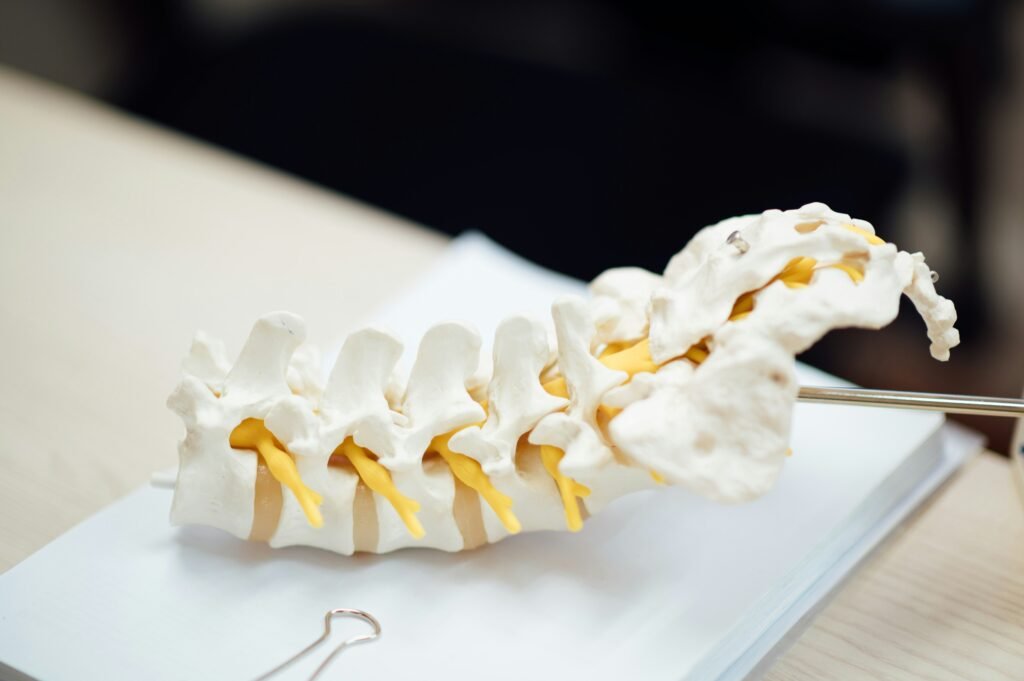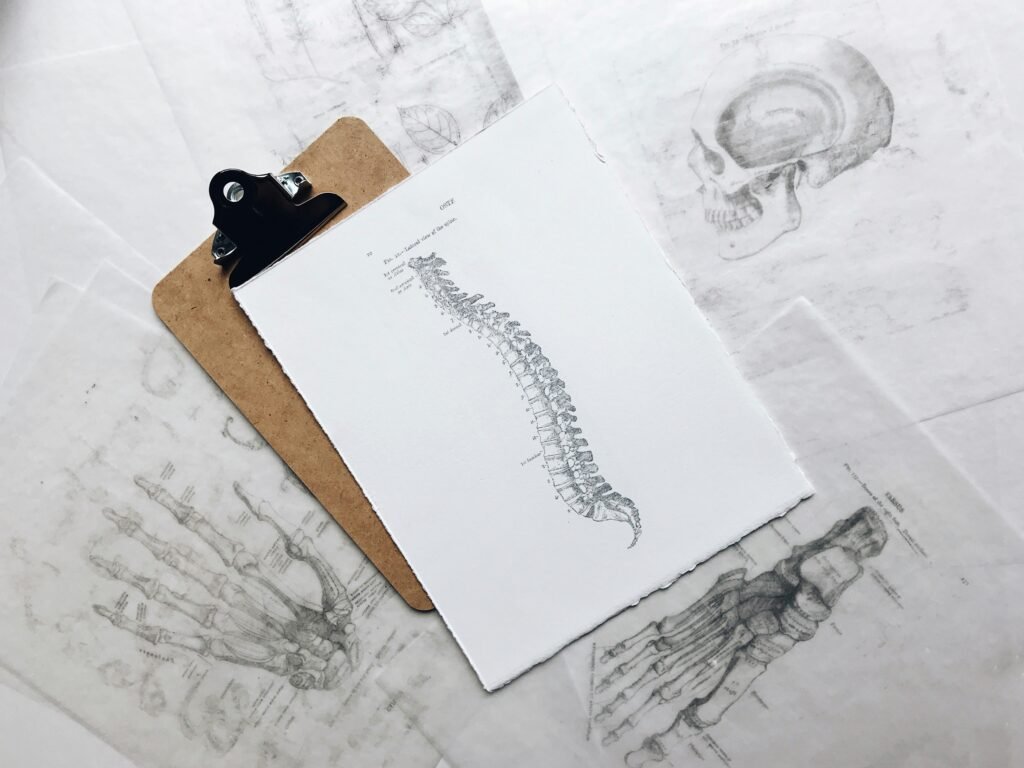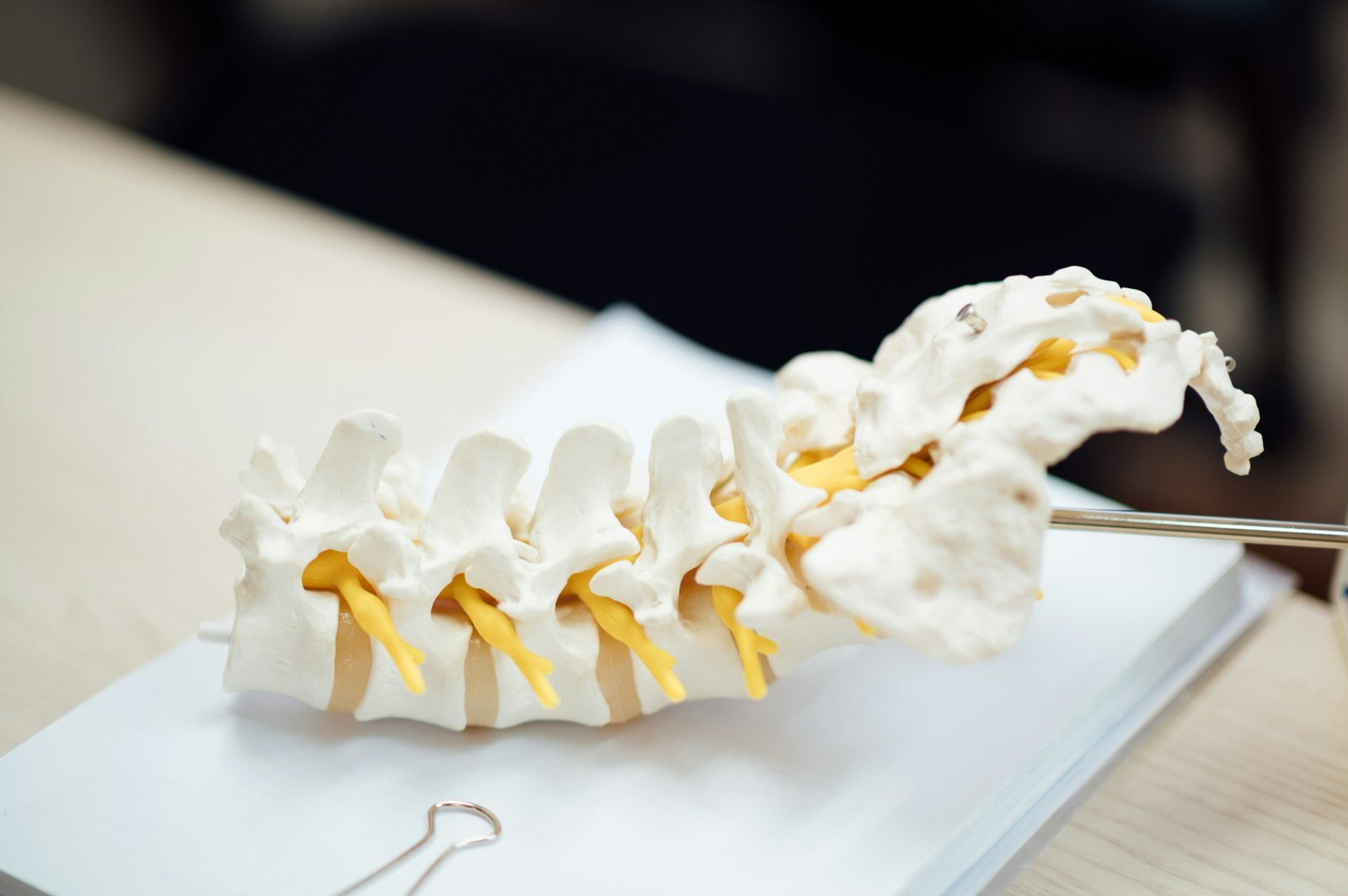Hey there! In “Understanding Body Composition Analysis for Successful Weight Management,” you’ll learn all about how analyzing your body composition can be a game-changer when it comes to managing your weight effectively. We’ll dive into how understanding factors like muscle mass, body fat percentage, and hydration levels can help you set realistic goals and make informed decisions about your health. So, let’s explore the connection between body composition analysis and successful weight management together! Have you ever wondered why some people seem to effortlessly lose weight while others struggle to see any progress despite following strict diets and exercise regimens? Understanding body composition analysis is key to successful weight management, as it provides a deeper insight into your body’s makeup beyond just the number on the scale. In this article, we will explore how body composition analysis can help you achieve your weight management goals and make informed decisions about your health and fitness journey.

This image is property of images.unsplash.com.
What is Body Composition Analysis?
Body composition analysis is a method used to evaluate the proportion of fat, muscle, water, and other components that make up your body. Unlike traditional scales that only measure overall body weight, body composition analysis provides a more comprehensive view of your body composition, allowing you to understand where your weight comes from and how it is distributed throughout your body.
Why is Body Composition Analysis Important for Weight Management?
Understanding your body composition is essential for successful weight management because it helps you differentiate between weight loss and fat loss. For example, losing weight on a scale could be due to a variety of factors, such as water retention or muscle loss, rather than fat loss. By analyzing your body composition, you can track changes in your fat mass and lean body mass, making it easier to set realistic goals and measure your progress accurately.
Types of Body Composition Analysis Methods
There are several methods available for analyzing body composition, each with its own advantages and limitations. Some of the most common methods include bioelectrical impedance analysis (BIA), dual-energy X-ray absorptiometry (DEXA), and skinfold caliper measurements.
Bioelectrical Impedance Analysis (BIA)
BIA is a non-invasive method of estimating body composition that measures the resistance of electrical currents as they pass through the body. The results are used to calculate your body fat percentage, lean body mass, and hydration levels. BIA is convenient, affordable, and widely available, making it a popular choice for many individuals looking to monitor their body composition.
Dual-Energy X-ray Absorptiometry (DEXA)
DEXA is considered the gold standard for body composition analysis, as it provides accurate measurements of bone mineral density, fat mass, and lean body mass. DEXA scans use low-energy X-rays to differentiate between different tissues in the body, allowing for precise calculations of body composition. While DEXA scans are highly accurate, they can be costly and may not be readily accessible to everyone.
Skinfold Caliper Measurements
Skincare caliper measurements involve using calipers to pinch and measure the thickness of skin folds at various locations on the body. These measurements are then used to estimate body fat percentage using specific equations. Skinfold caliper measurements are affordable, easy to perform, and can be done at home with a high degree of accuracy when performed correctly.

This image is property of images.unsplash.com.
Interpreting Body Composition Analysis Results
Once you have undergone body composition analysis, you will receive a detailed report that outlines your body fat percentage, muscle mass, and other relevant measurements. Understanding how to interpret these results is crucial for setting realistic goals and monitoring your progress effectively.
Body Fat Percentage
Body fat percentage is a key indicator of overall health and fitness, as excess body fat can increase the risk of various health conditions such as heart disease, diabetes, and high blood pressure. Ideal body fat percentages vary based on age, gender, and fitness level, but generally, a body fat percentage of 20-25% for women and 10-15% for men is considered healthy.
Muscle Mass
Muscle mass is another important component of body composition, as it plays a significant role in metabolism, strength, and overall physical performance. Maintaining or increasing muscle mass is important for weight management, as muscle tissue burns more calories at rest compared to fat tissue. By tracking changes in your muscle mass, you can ensure that your weight loss efforts are focused on fat loss rather than muscle loss.
Hydration Levels
Hydration levels are often overlooked in body composition analysis, but they can have a significant impact on your weight management efforts. Dehydration can lead to false readings of body fat percentage and muscle mass, making it essential to stay adequately hydrated before undergoing body composition analysis. Monitoring your hydration levels can also help you avoid fluid retention and ensure accurate measurements of your body composition.
Using Body Composition Analysis for Weight Management
Now that you understand the importance of body composition analysis and how to interpret the results, it’s time to put this knowledge into action to achieve successful weight management. Here are some tips on how to use body composition analysis effectively in your weight management journey:
Set Realistic Goals
Based on your body composition analysis results, set realistic and achievable goals for weight loss or muscle gain. Avoid focusing solely on the number on the scale and instead aim to reduce body fat percentage while maintaining or increasing muscle mass. By setting specific goals based on your body composition, you can track your progress more effectively and stay motivated throughout your weight management journey.
Track Progress Regularly
Monitor changes in your body composition regularly to track your progress and make adjustments to your diet and exercise routine as needed. Schedule follow-up body composition analysis sessions every few weeks to assess changes in your body fat percentage, muscle mass, and hydration levels. By tracking your progress consistently, you can identify what is working well and make informed decisions about your weight management strategy.
Focus on Overall Health
Remember that weight management is not just about numbers on a scale or body composition analysis results; it is about improving your overall health and well-being. Focus on incorporating a balanced diet, regular exercise, and adequate sleep into your daily routine to support your weight management goals. By prioritizing your health, you can achieve sustainable results and maintain a healthy body composition in the long term.

This image is property of images.unsplash.com.
Conclusion
In conclusion, body composition analysis is a valuable tool for successful weight management, as it provides a comprehensive insight into your body’s composition beyond just body weight. By understanding your body fat percentage, muscle mass, and hydration levels, you can set realistic goals, monitor your progress effectively, and make informed decisions about your health and fitness journey. Remember to focus on overall health, track your progress regularly, and seek professional guidance if needed to achieve your weight management goals successfully. With the right knowledge and approach, you can take control of your body composition and achieve a healthier, happier you.
